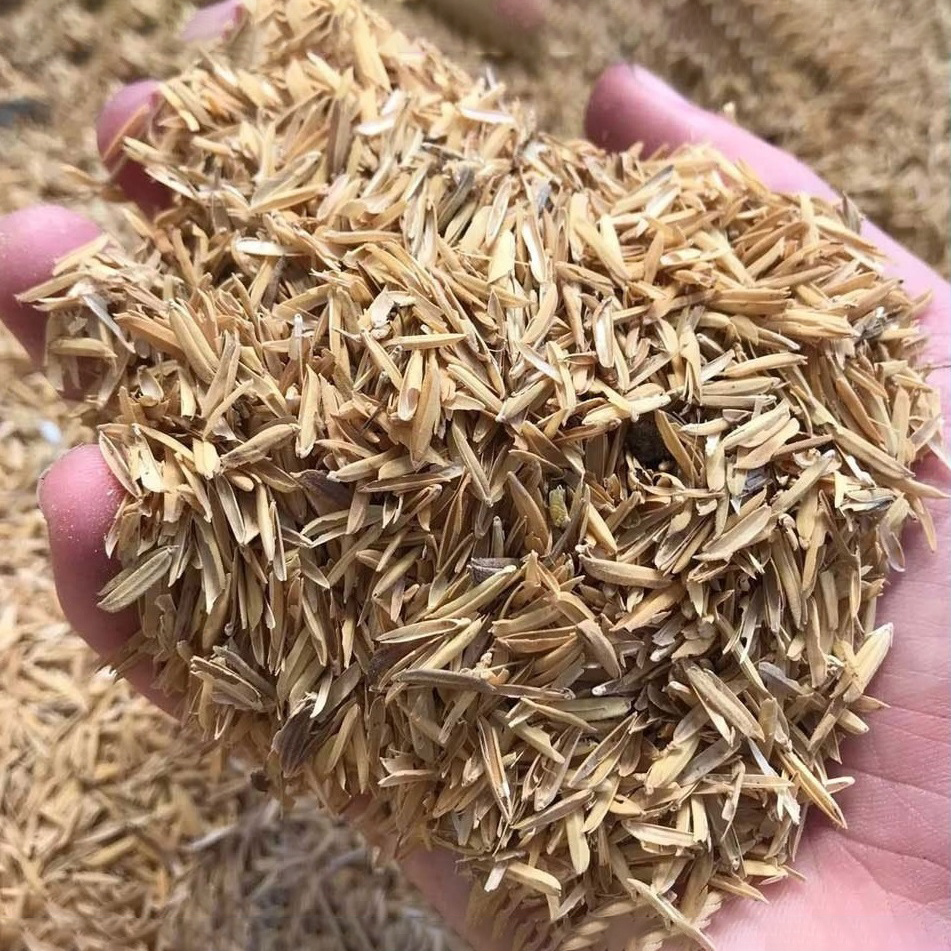The covering on a rice seed or grain is known as the rice husk or rice hull. To shield the seed during the growth season, it is made of tough elements like lignin and silica. As a by-product of rice production during milling, each kg of milled white rice produces around 0.28 kg of rice husk. India has many Rice husk suppliers near me.
Rice husk is frequently converted into solid fuel (such as pellets, briquettes, and loose form), carbonized rice husk that results from combustion, and leftover rice husk ash. When milling paddy harvested from fields, the rice milling industry produces a lot of rice husk. Most often, the boilers used to prepare paddy use this rice husk as fuel. Rice husk suppliers near me provides a material at affordable price.
Additionally, rice husk is employed as a source of energy. When burned in boilers, rice husk produces about 25% by weight of rice husk ash (RHA). Around 70 million tonnes of RHA are thought to be produced annually around the world. This RHA poses a serious hazard to the ecosystem and harms both the soil and the area where it is dumped.
Approximately 78% of the weight of the paddy that is milled is received as rice, broken rice, and bran.
Husk makes up the remaining 22% of the weight of the paddy. The rice mills burn this husk as fuel to produce steam for the parboiling procedure.
referred to as rice husk ash (RHA). Amorphous silica makes up 85% to 90% of this RHA. Accordingly, 220 kg (22%) of husk is created for every 1000 kg of milled paddy, and when this husk is burned in the boilers, 55 kg (25%) of RHA is produced.
India is one of the world’s top producers of rice, and the milled husk is mostly utilised as fuel in the boilers that process the rice, providing electricity by direct combustion and/or gasification. This RHA poses a serious hazard to the ecosystem and harms both the soil and the area where it is dumped. Many options are being considered for their disposal by using this RHA for commercial purposes.
A common agricultural byproduct in nations that produce rice is rice husk that are available on www.indiafoodgrain.com basically it is a online platform. About 580 million tonnes of rice are produced worldwide each year, and this number is growing as both the world’s population and rice consumption do. Due to its poor cellulose and other sugar levels, rice husk is typically not advised as cattle feed. From rice husk, furfural and rice bran oil are produced. Industries burn rice husk to feed boilers and generate electricity.
Rice husk has a high ash content, ranging from 18 to 20%, and is one of the numerous types of biomass used to generate electricity. Silica is the main component of rice husk ash.

